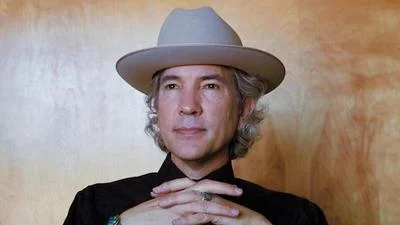The New Mexico Environment Department (NMED) has initiated a nationwide survey targeting individuals who have visited Holloman Lake, also known as Raptor Lake. The survey aims to assess potential exposure to toxic PFAS chemicals from firefighting foams used at the nearby Holloman Air Force Base. "Our state’s natural beauty attracts outdoor enthusiasts from around the world and the Environment Department is committed to safeguarding outdoor recreation for campers, hikers, and hunters," said Environment Secretary James Kenney. "This survey is one of the first of its kind, aiming to inform New Mexicans and others of potential impacts of PFAS pollution on their health."
Earlier this year, an advisory was issued by the New Mexico Department of Health after detecting unprecedented levels of PFAS in the lake's water, plants, and animals. Testing conducted in 2019 revealed that Holloman Lake's surface water contained an average concentration exceeding 101,000 parts per trillion, significantly higher than the federal standard for drinking water set at 4 parts per trillion.
Despite efforts by NMED and the New Mexico Department of Justice to close Holloman Lake in 2019 due to contamination concerns, it remained open until August 2025. A health advisory released in May 2019 advised against ingesting water or foam from the lake and recommended avoiding contact with it.
Holloman Lake is situated near White Sands National Park, which recorded over 700,000 visitors in 2024, making it a popular spot for recreation. To gain insights into recreational use before its closure in August 2025, NMED has partnered with Eastern Research Group (ERG) to launch a brief online survey available until November 30, 2025. The collected data will guide future public health protection efforts concerning PFAS exposure.
Participation in the survey is voluntary and anonymous unless participants choose to provide contact information. NMED encourages those who have visited Holloman Lake within the past decade to participate and share the survey with others who may have used the area.
In related news, the New Mexico Environment Department confirmed that Las Vegas drinking water remains safe despite concerns about post-fire runoff affecting its supply.
Information from this article can be found here.








